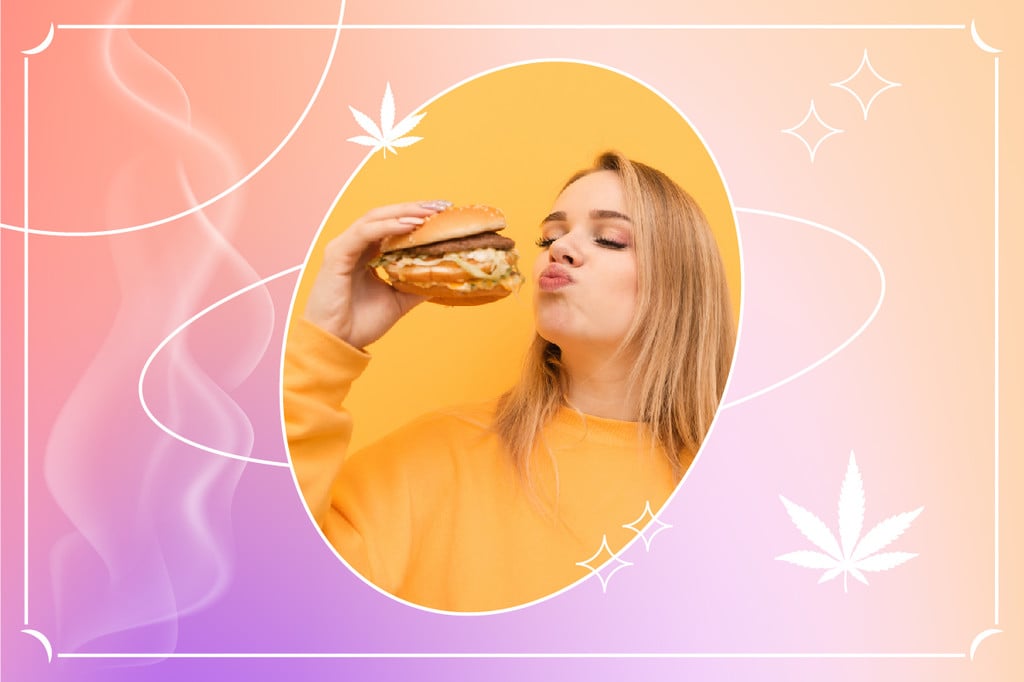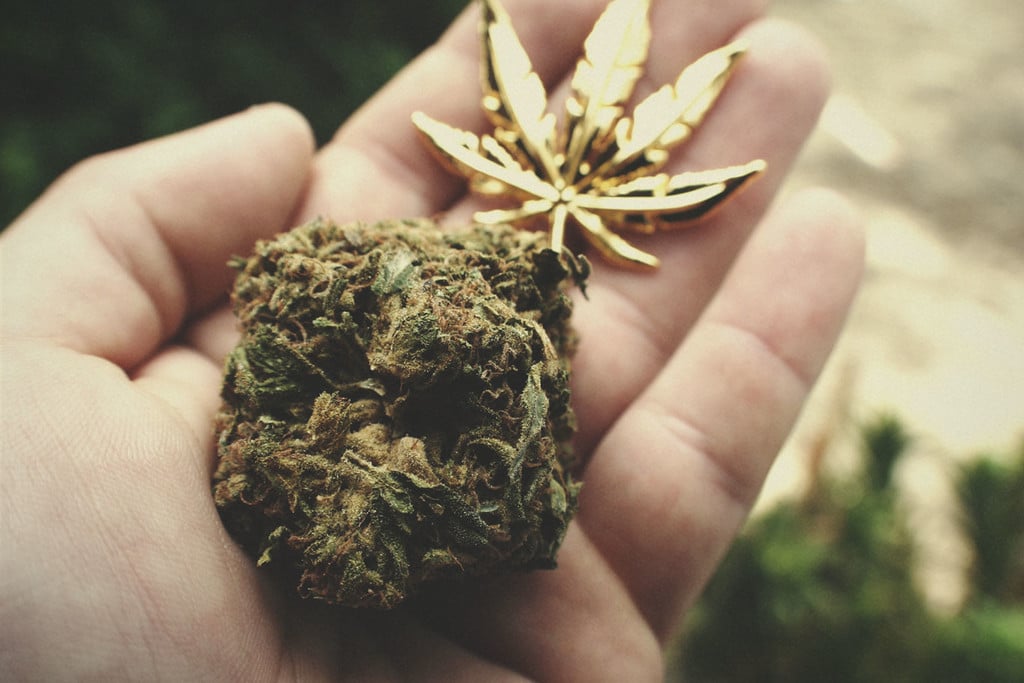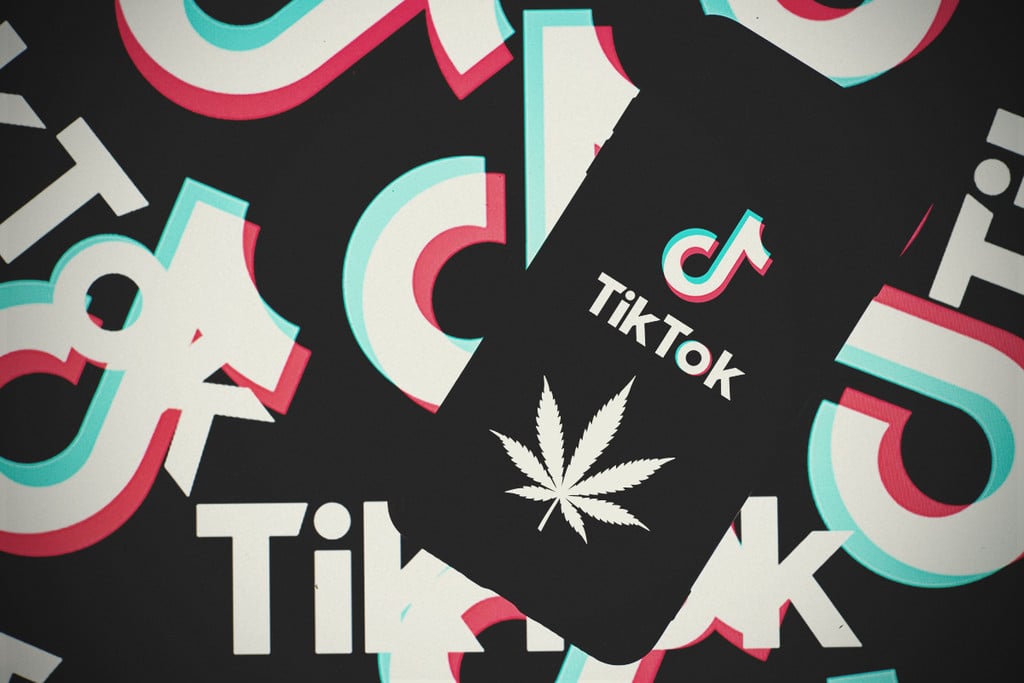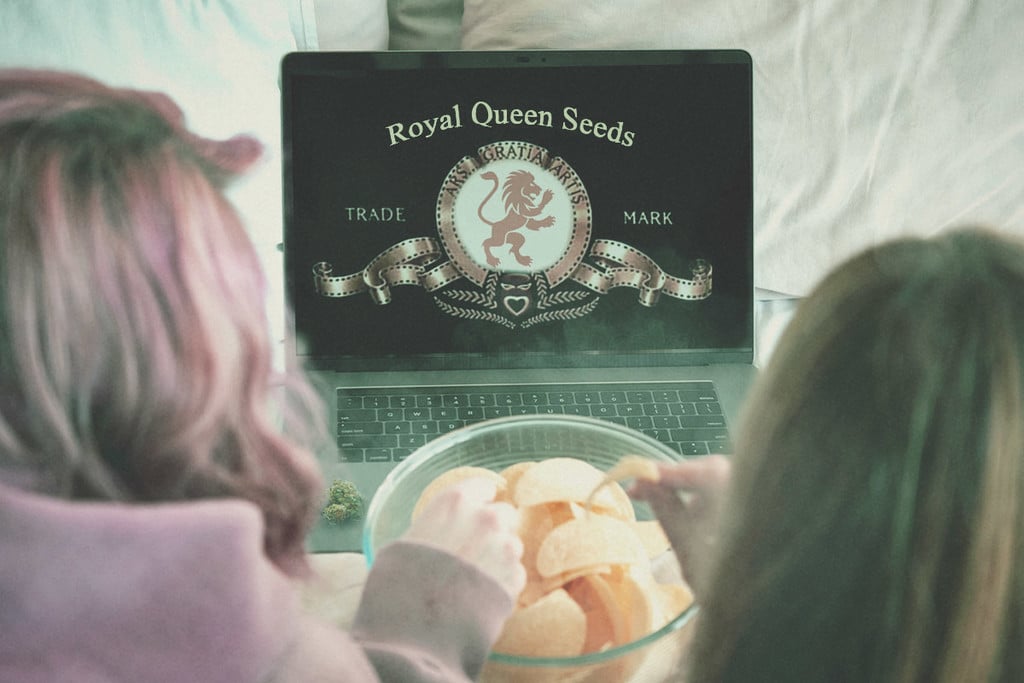.
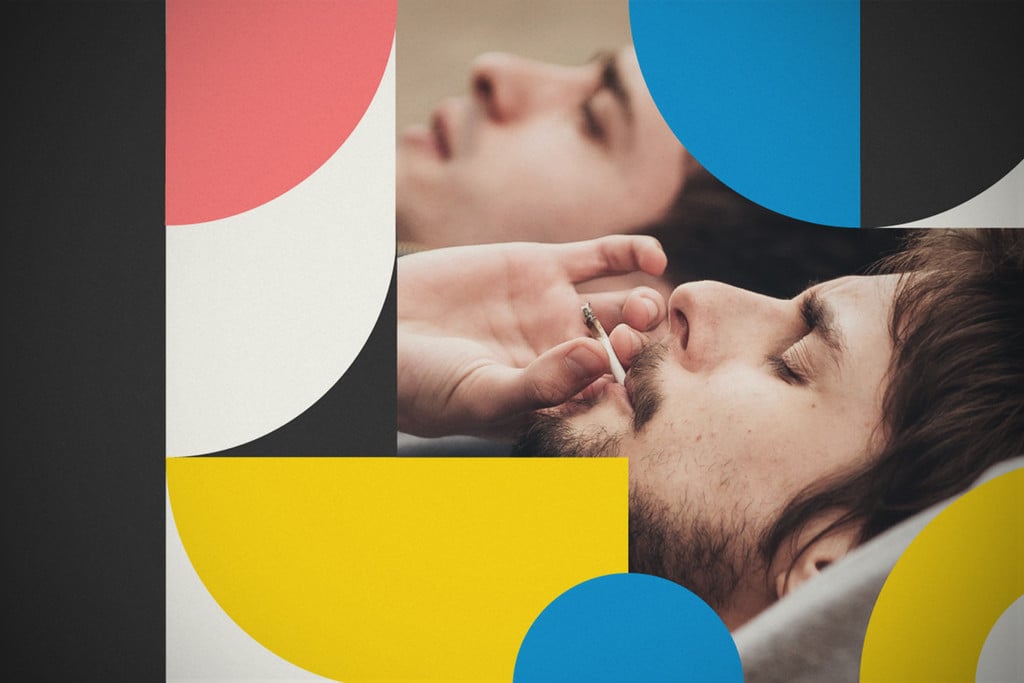
13 Factors That Affect Your Weed High
Isn't it interesting how a cannabis high can differ from one experience to the next? Why is this? And is there anything you can do about it? Here we examine 13 factors that can influence your high, from set and setting to strain type and consumption method.
Getting high on cannabis can be a wonderful thing—it breaks down the defences, generates positive vibes, and generally helps you see things from a different perspective. But not all weed highs are the same. In fact, various factors can strengthen, diminish, or otherwise impact the nature of the psychoactive experience, some of which are easier to control than others. Below we examine 13 factors that can affect your high, and what this means for you as a cannabis user.
Contents:
1. Set & Setting |
1. Set & Setting |
Set and setting are two of the main factors that can affect the perceived strength and quality of a cannabis high. Though more common in the realm of psychedelics, the concept of set and setting is just as relevant in the cannabis domain.
“Set” refers to mindset—how you feel going into a drug experience. Have you had a busy day where you were rushing around right before smoking, or have you taken time to shake off the day and prepare yourself for being high? “Setting”, of course, refers to the environment in which your high will take place, as well as the individuals around you. Are you in a cosy, safe room? A sunny forest? Or will you be shopping in the supermarket? Moreover, are you in the company of close friends, or will you be smoking with people you’ve never met?
With both set and setting, the state you’re in before, during, and directly after smoking may well determine whether your high is euphoric and relaxing or anxiety-inducing and unpleasant. Regardless of strain type, set and setting have the capacity to influence what you’re feeling through various environmental factors. Beautiful scenery and good friends can be just as inspiring as a chaotic setting and strangers can be overwhelming.
2. Previous Experiences |
2. Previous Experiences |
Previous experiences with cannabis can affect your high in a number of ways. First, we have frequency of use and tolerance to consider. If you’re someone who smokes daily, potentially even multiple times per day, your highs are likely going to feel less dramatic than those of infrequent smokers using the same dose. Furthermore, there are various theories about how the brain responds to THC during early use versus prolonged use. Some preliminary animal studies point to downregulation of CB1 receptors[1] with chronic THC use, which could dampen the feeling of the high. Whether this is true in humans is unproven. But generally, the same amount of weed becomes less intense the more you use it.
The second way previous experiences can affect your high has to do with your emotional response to weed. Has your cannabis journey largely been enjoyable, with just a few paranoid hiccups here and there? Or have you experienced your fair share of semi-traumatic events while stoned? Your answer to this question may influence your physiological response to cannabis every time you toke up. If you’re going into the high worried about becoming anxious, it could become a self-fulfilling prophecy. If you’re open to the experience, however, your high is likely to be more enjoyable, whichever way it ultimately goes.
3. Body Size |
3. Body Size |
Weight and height can have an influence on the strength of a cannabis high as well. Indeed, this is true with most drugs, and is chiefly due to the fact that, gram for gram, larger people need a larger amount of a compound compared to smaller people to achieve the same concentration in the blood.
In reality, it’s much more complex than this, and larger people shouldn’t immediately start taking higher doses of any drug to compensate for their size. But if you find you have unusually strong or weak highs compared to others, this could be why.
4. Metabolism |
4. Metabolism |
Metabolism is a term that’s used a lot, but is poorly understood. As such, what we know regarding metabolism and the effects of cannabis is by no means certain.
However, what seems likely is that those who have a “fast” metabolism process cannabis faster, and may also experience stronger effects. Those with a “slow” metabolism, on the other hand, might have a harder time getting as high, and could naturally have a higher tolerance to cannabis. Again, metabolism is a complex topic that encompasses numerous factors, and is also related to the aforementioned factor of body size. That said, if you’re in a room full of regular smokers and find that your highs have a different intensity and duration than everyone else's, your metabolism may have a role to play.
5. Exercise |
5. Exercise |
Exercise can have a profound effect on the intensity of a high. If you engage in some intense cardio, then immediately consume cannabis, you’ll notice that it has very different effects compared to if you smoke after a day of doing nothing.
There are many factors that influence this. One is that, following exercise, high levels of neurotransmitters such as endorphins are swimming around your brain, which will naturally make you feel good. Combine this with THC, and they are bound to influence one another.
Furthermore, exercise increases heart rate and the amount of oxygen in the blood. This means that THC will hit harder and be transported to the brain much faster, making the effects potentially feel stronger. If you find you have a strong cannabis tolerance, then exercising before smoking can be a great way to increase the magnitude of its effects.
6. Food |
6. Food |
Interestingly, food can be an influential factor regarding the strength and quality of a marijuana high.
On the whole, an empty stomach will increase the effects of cannabis (and other drugs), but not necessarily in a pleasant way. Low blood sugar and THC aren’t exactly a match made in heaven, and can make for an unpleasant high.
On the other hand, certain foods contain compounds that can alter and potentially enhance the effects of cannabis. Mangoes, for instance, contain the terpene myrcene (found in most strains of weed). This chemical is thought to increase[2] the speed at which THC crosses the blood–brain barrier, which may make the effects feel more potent!
7. Time of Day |
7. Time of Day |
The time of day can have an impact on our mood and the amount and type of chemicals released by our body, even without the influence of cannabis. But add weed to the mix, and you can really feel the difference. Regardless of the strain, enjoying weed in the morning sun alongside a coffee or tea is likely to culminate in a different high than when smoking before bed, as melatonin is signalling your body to prepare for sleep. Likewise, if you’re smoking during a busy part of the day, or week for that matter, this may result in a more anxiety-inducing experience than when you are subject to no pressures.
Exercise, sleep, diet and eating schedule, and, of course, the specific cultivar being used can all affect the strength and quality of the cannabis experience at different points throughout the day.
8. Consumption Method |
8. Consumption Method |
Different consumption methods also yield different results, with smoking being perhaps the “weakest”. Bioavailability plays a role here, which essentially measures how much of a substance reaches the bloodstream. But it’s not the only factor. For example, while vaping has a greater bioavailability than smoking, and indeed results in notably stronger highs, eating cannabis-infused food has a relatively low bioavailability but is widely considered the most potent method of intake. This is due to the fact that, when digested, THC converts into 11-hydroxy-THC, which has much longer-lasting and intense effects. This means that even veteran cannabis users can indulge in mind-bending highs by eating their weed.
There are also cannabis concentrates to consider. These are typically enjoyed using a vaporiser or a dab rig, the latter of which is essentially a bong made for concentrates. Unlike cannabis flower, which contains an average of 20% THC, concentrates can achieve THC levels of 80% and above, making them much more potent by volume.
Furthermore, there is an inverse relationship between the strength of the consumption method and cannabis tolerance. Stronger methods cause stronger highs, which lead to stronger tolerances. Therefore, it might be best to indulge in edibles and concentrates sparingly so you don’t have to use greater and greater amounts to achieve the same high.
9. Technique |
9. Technique |
Poor technique can seriously limit the quality of your high, while good technique can maximise it. Poorly rolled joints and clogged bongs will make things rough from the outset, and not inhaling properly can all but waste an entire joint. Furthermore, if you fail to decarboxylate your edibles or take too high of a dose, you’re likely setting yourself up for a disappointing or unpleasant experience, respectively.
10. Dose |
10. Dose |
It may seem obvious, but dose affects both the experience of the high and ultimately your tolerance. Large doses will, initially, lead to very powerful highs. But over time, these will dwindle and you’ll find that, no matter how much you smoke, you just can’t get high like you used to.
Big doses lead to big weed tolerances. So, what can you do? If you can bear it, cutting down your dose or using a strain with less THC (more below) can save you from diminished highs. Then, once in a while, you can still enjoy a heavy session and find yourself super blazed, before going back to your regular schedule. Besides, not smoking huge doses of THC everyday will probably be quite good for your brain too!
11. Strain and Quality |
11. Strain and Quality |
A cannabis strain’s chemical profile, and the way in which it was dried and cured, will absolutely have an effect on the high you experience.
High-THC cannabis with very little CBD will cause powerful highs, but will also lead to developing a big tolerance. Strains with a more balanced THC to CBD ratio, or those with very little THC, however, will have a much less dramatic effect. But they also won’t induce the same kind of highs.
For those who want to smoke regularly while keeping their tolerance low, a balance can be found. Regularly consuming strains with a lower THC content and a higher CBD content will allow you to toke often, without dulling the effects of high-THC weed—so long as you only use it occasionally.
Also, the way your cannabis is grown, dried, and cured will affect the psychoactive experience, and overall quality. A mistimed harvest and bad storage can reduce the amount of THC found in the flower, meaning it will have less pronounced effects compared to weed grown, harvested, and stored with the utmost care.
12. Terpenes |
12. Terpenes |
Terpenes famously account for cannabis’ myriad flavours, but they go much deeper than this. Have you ever wondered why different cannabis strains can exhibit such different effects, even though they contain the same amount of THC? This is because terpenes are capable of working with cannabinoids to elicit different responses from the body. Research on these interactions is scant, currently. But consider the myrcene example from earlier to demonstrate the potential effects of various terpenes. As time progresses, breeders will continue to tailor the effects of cannabis to our wishes by manipulating terpene and cannabinoid levels in a given strain.
13. Frequency of Use |
13. Frequency of Use |
The main factor that will affect your high, as well as your tolerance, is your overall frequency of cannabis use. Smoke every day, and there’s not much you can do to prevent yourself from building up a massive tolerance. Maybe novel ingestion methods will scratch the itch once in a while, but you can't cheat your way out of a tolerance.
With cannabis (and most other drugs), you have a choice. Use it sparingly and enjoy its effects in a novel way, or use it regularly and face up to the fact that the effects will fade, and the novelty will likely begin to wear thin.
How to Reduce Weed Tolerance
As you can probably see, the more THC you consume, the greater your tolerance.
If you’re serious about reducing your tolerance and increasing the magnitude of your high, then your only real options are to stop for a bit or reduce your intake.
First, you can take a true tolerance break. A tolerance break involves stopping cannabis use entirely for an allotted period of time; perhaps five days. The longer you leave it, the more your brain will “neutralise”, and the greater the effects will be when you return to cannabis (to an extent).
Alternatively, you can change up your habits. Consider smoking strains with less THC and more CBD. At first, it might seem underwhelming, but over time your tolerance will adapt to your new regimen, and you'll find that, from time to time, you can enjoy a heavy session and it will feel like the good old days.
Can Some People Not Get High?
Is it possible for some people to not get high, regardless of their tolerance level? There are a few theories surrounding this, none of which have been proven outright. However, there have been cases[3] of people not getting high off of edibles, despite them containing extremely high amounts of THC, and doctors admit it could be a real phenomenon. There's also the issue of new users to consider. Whether it's down to not knowing what to expect, using improper technique (as mentioned above), or due to some sort of sensitisation period (another theory that has yet to be proven), new users may find that they "don't get high" their first few times using cannabis. But this tends to change as the experience level of the user increases, and the body becomes used to THC and its effects. That said, the jury is still out on whether, genetically, some people do not get high from THC.
Promoting Responsible Cannabis UseRQS emphasizes the importance of responsible cannabis consumption.
While many individuals use cannabis frequently without complications, some may be susceptible to developing adverse behaviours. We believe the herb should enhance one’s life, not hinder it.
Responsible use involves limiting consumption to adults only, refusing to operate cars or machinery while under the influence, and making an effort to resist abuse.
Stay Cultivated.
- Reversible and regionally selective downregulation of brain cannabinoid CB1 receptors in chronic daily cannabis smokers | Molecular Psychiatry https://www.nature.com
- https://www.sciencedirect.com/science/article/pii/B9780128210383000380
- Ediblocked: Some people can’t get high from eating marijuana, and scientists aren’t sure why - The Boston Globe https://www.bostonglobe.com


























